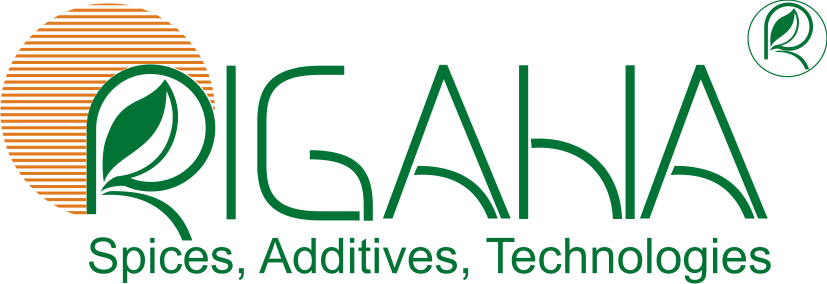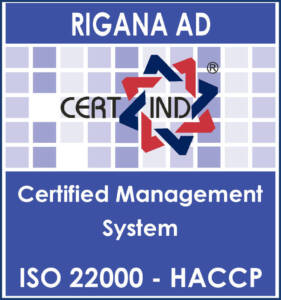
HACCP
HACCP (Hazard Analysis and Critical Control Point, Hazard analysis and control of critical points) is a system for ensuring food safety in their production and distribution.
Critical points are these stages of the food production cycle, in which possible biological ones can be eliminated, chemical and physical hazards to humans.
The HACCP system focuses more on preventing hazards, than on the study of the final product. The HACCP system includes the identification of possible errors and the preparation of a plan on how to prevent these errors..
The HACCP system is part of the food safety management systems - ISO 22000, and also from IFS, BRC.
The HACCP system has 7 basic principles, which are documented in Codex Alimentarius - Alinorm 97 / 13A, AppENDIX II.
The HACCP system has 7 basic principles, which are documented in Codex Alimentarius - Alinorm 97 / 13A, AppENDIX II:
- Hazard analysis - at this stage the potential hazards are determined, related to all stages of food production.
- Defining CCP - Critical Control Points - These are the points of the production process, in which hazards can be managed / controlled effectively.
- Determining the critical limits for the given indicators, which must be observed, to be sure, that CCPs are under control. For example - minimum and maximum temperature during sterilization or baking, to ensure the removal or reduction of dangerous micro-organisms.
- Establishment of a CCP control system through monitoring - These procedures determine how, how often and by whom these indicators are observed (in this case the temperature).
- Establish corrective action, when the control shows, that a particular CCP is out of control.
- Establish procedures to verify the ability of CCP control measures to deliver the intended outcome.
- Entering documentation, which covers CCP procedures and records and hazard analysis.





